Johann Sebastian Bach
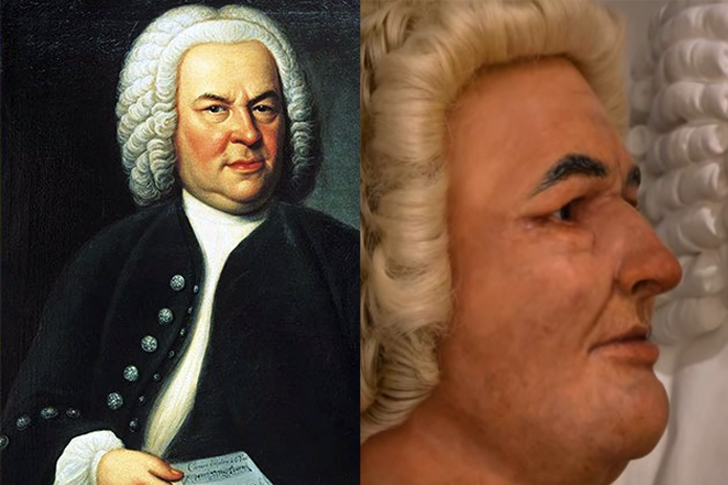
If you play the piano or listen to classical music, you probably know the name, Johann Sebastian Bach. He was a musical prodigy who initially wrote songs for the church. He is considered one of the best composers of all time and the result of the golden age of music.
It was a surprise that Bach was buried in an unmarked grave. Researchers were only able to locate him after 150 years when the church of his burial site was undergoing renovation. To recreate his image, Dr. Caroline Wilkinson used a cast of what was thought to be his skull.
Nicolaus Copernicus
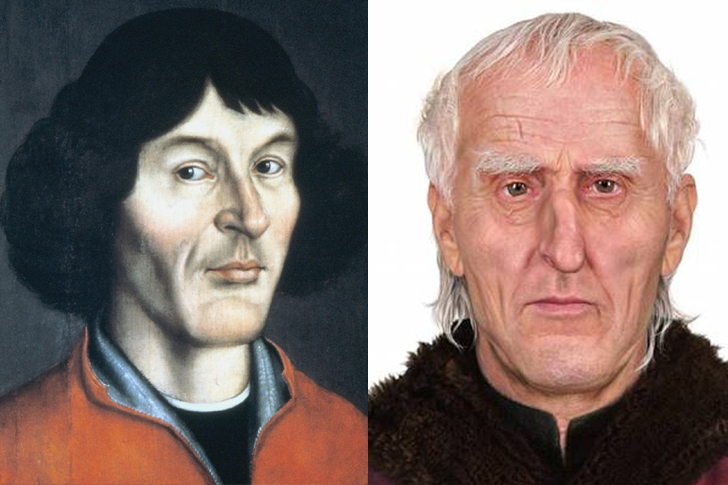
Before Nicolaus Copernicus was alive, people thought that the center of the universe was Earth. When he became an astronomer, he was able to put forth the theory that the Sun was the center of our galaxy. During their time, it was quite hard to imagine that our planet was moving.
It’s amazing how this Polish astronomer was able to think of his theory, the Copernican heliocentrism, during the ancient times.
Thanks to our advanced technology, we can now see what Copernicus could have looked like back in his day. Well, at least his appearance when he was an old man.
The lord of Sipan
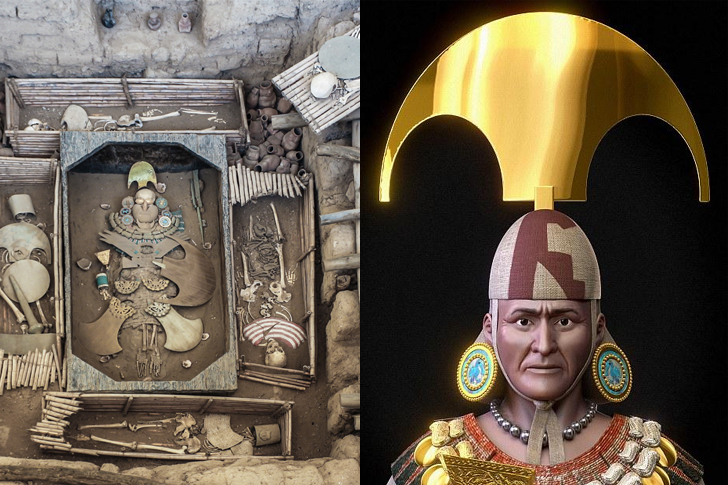
If you know about the Moche mummies, then you have probably heard of the lord of Sipan. In 1987, this lord was one of the first Moche mummies discovered by archaeologists in Peru. Similar to King Tut, the lord of Sipan also had plenty of treasures buried with him.
During the excavation, the pressure from the sediment broke the lord of Sipan’s skull into pieces. A group of forensic anthropologists and odontologists then used photogrammetry or multiple cameras at different angles to reconstruct the skull into a 3D image. It’s amazing how the forensic team got this result.
The Lady of Cao
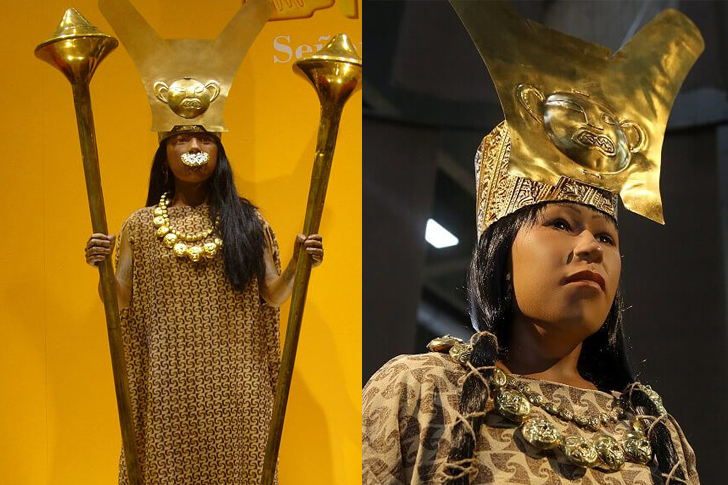
It took decades after researchers started excavating the El Brujo region in Peru before they discovered the mummy called The Lady of Cao. They believe she has been dead since the beginning of the 5th century. Despite being buried in a simple cloth, the artifacts found with her could mean she was an aristocrat.
After she was discovered, her remains were given to a museum in El Brujo. They believe she died in her 20s and was probably a human sacrifice. Today, you’ll find her in a climate-controlled room and you need to look through a mirror to see her.
The Mycenaean Griffin Warrior
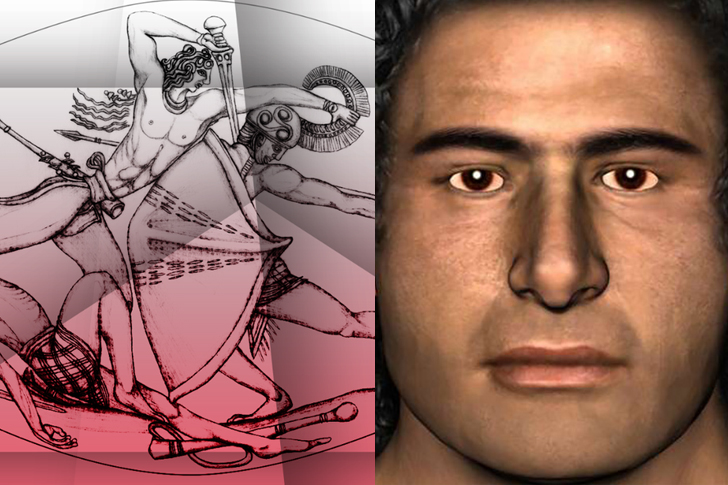
In 2015, archaeologists discovered a tomb site said to be from the Bronze Age or 1450 BC. They found an intact skeleton of a man buried with thousands of objects like jewelry or weapons. Based on the engraving on the tomb, they believe he is a Mycenaean warrior or priest.
Lynne Schepartz and Tobias Houlton used his skull to create this digital image, showing a man with close-set eyes and a prominent jaw. Based on his remains, it was discovered he could also be 5’5” tall and had long hair based on the combs they discovered among the objects.

